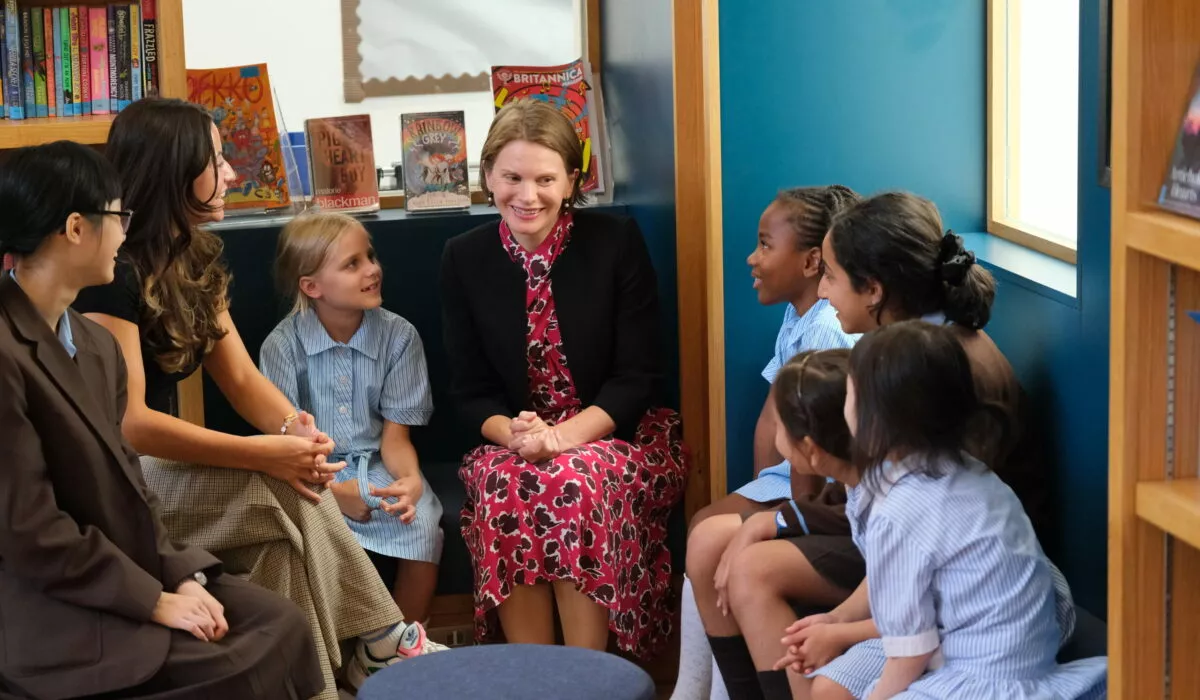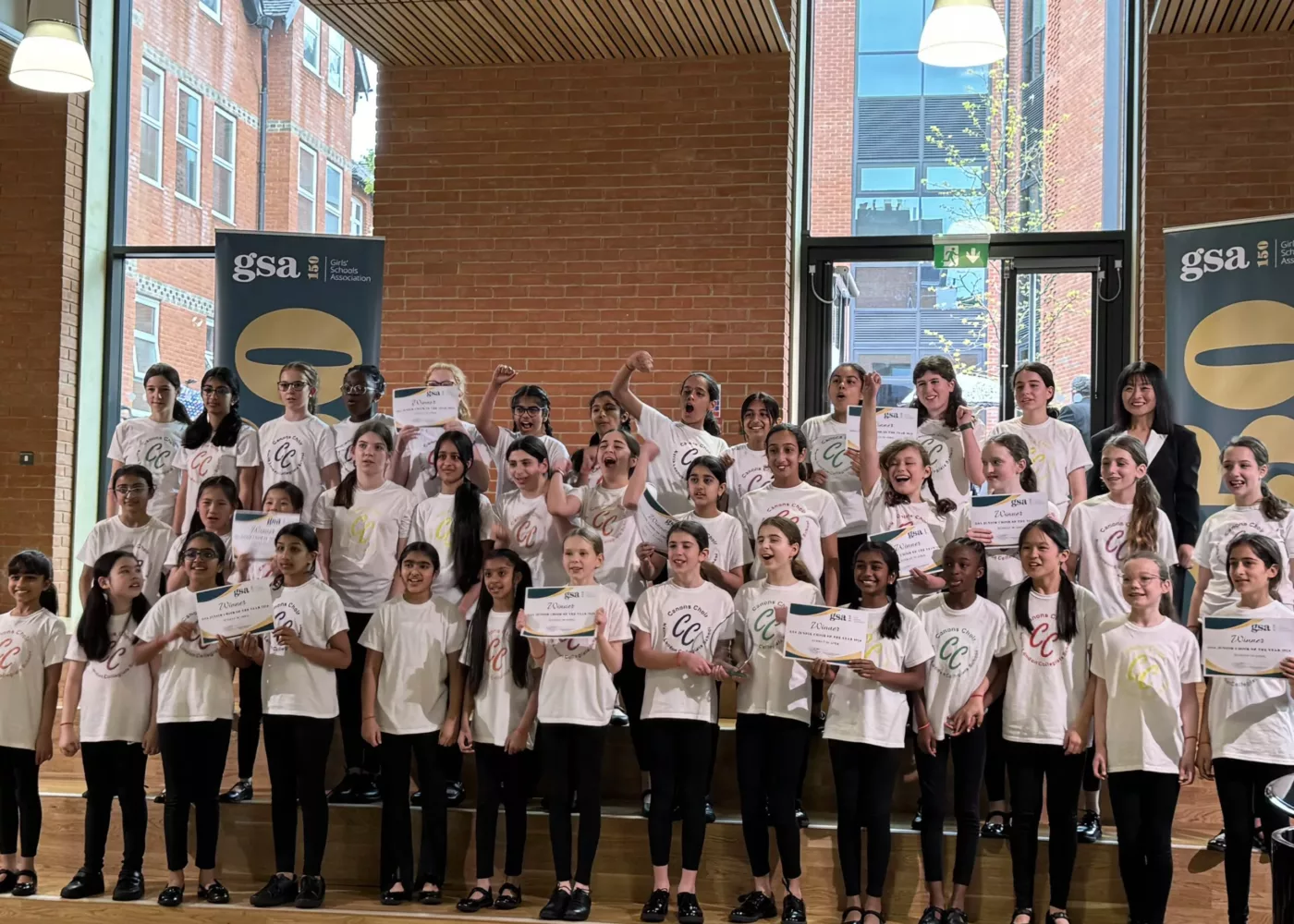If I were a betting woman, I would wager on some of the best solutions to the modern world’s challenges coming out of girls’ schools. What gives me this confidence? Their agile, nimble and collaborative culture and their deep-rooted history of educating pioneering women.
Far from being an anachronism, girls’ schools are drivers of change. I hope the parents of the 300,000 girls educated in girls’ schools today would agree. As the new headmistress of North London Collegiate School, and with over 20 years in girls’ schools behind me, I know first-hand that the culture they create is a powerful one. The entire ecosystem of the best girls’ schools is designed with girls in mind and how they learn and develop. We develop their collaborative skills and their communication skills whilst addressing confidence gaps created by societal and, indeed, parental expectations. We encourage risk-taking, leadership and entrepreneurial innovation, skills historically more commonly associated with men.
I have seen how girls in the schools I have taught in are more likely to study science, maths, economics and computing than they would be in co-educational schools. I have seen how free and confident they are in the classroom to explore ideas and contribute to discussion. They can be themselves and do not feel under pressure to take on moderating or supportive roles in classroom debate – and they are certainly not quiet! These are arguments which have a long history of evidence, but there are compelling new reasons why girls’ schools are needed more than ever.
“Great collaboration requires all voices to be heard – if girls aren’t taught to speak up, their ideas won’t get out of the starting blocks.”
The challenges facing us in the modern age are going to require collaboration on a scale never seen before by human society if we are to solve them. Girls’ schools are incubators of collaboration. In the classrooms I have taught in, the biggest criticism a girl can make of a new teacher is that they do not allow them to work with a partner. But don’t they need to learn to work with boys in the classroom to be really good at collaboration? My response would be that great collaboration requires all voices to be heard. If girls aren’t taught to speak up, their ideas won’t get out of the starting blocks. Research by the International Coalition of Girls’ Schools has found that 87 per cent of girls feel their opinions are respected in single sex settings, compared with only 58 per cent in co-educational schools.
In an age of increasingly anxious parenting, girls are at greater risk of this anxiety being passed onto them. This is why we need girls’ schools: to instil a powerful culture of risk-taking and resilience by design and not by accident. People sometimes tell me that girls’ schools are hotspots of anxiety and that they would rather send their daughter to a more “chillaxed” co-educational school. As an aside, being relaxed is not always a good thing! But research conducted by the Girls’ Schools Association in 2021 into mental toughness in girls suggests quite the opposite from the stereotype that some people hold of girls’ schools. Far from being the refuge of fragile souls, girls’ schools build resilience and confidence in girls to a greater degree than co-educational schools.
“Far from being the refuge of fragile souls, girls’ schools build resilience and confidence in girls to a greater degree than co-educational schools”
The study showed that, on the whole, boys demonstrate more mental toughness in adolescence than girls, but the differences disappear in adult life. The difference, however, between male and female levels of mental toughness was significantly reduced in girls attending a girls’ school. Ascribing a cause is not straightforward, but the deliberate design of the curriculum, culture and pedagogy to suit girls may be a significant determining factor. Girls’ schools are made for girls.
One of the things I am genuinely anxious about is also a creation of our modern age, and that is the hardening of attitudes towards women in certain sections of society. The fact that Andrew Tate is top of the PSHE agenda in all schools points to how quickly malign views about women can proliferate. The government has been too slow to declare hatred of women in the incel community (men who describe themselves as involuntarily celibate) as a security threat. Young women are at increased risk of needle spiking on nights out and, according to research conducted for BBC Radio 5 Live by ComRes, a third of British women under 40 have been subjected to unwanted sexual behaviour by their partners. Sending your daughter to a girls’ school won’t protect her against male violence, but it will give her the confidence and the indignation to call it out.
Frances Buss founded North London Collegiate School at the age of 23, nearly 175 years ago. Gone are the days, thank goodness, when women (in Britain at least) had to fight for a proper education. But hard-won rights can always be put at risk in an age of disruption and shifting landscapes. The moment we assume that women can now have it all is the moment we start to slip backwards. That’s why I am so passionate about the role that girls’ schools can play in the lives of today’s young women.
This article first appeared in The Week magazine’s Independent School Guide -Autumn/Winter 2023



